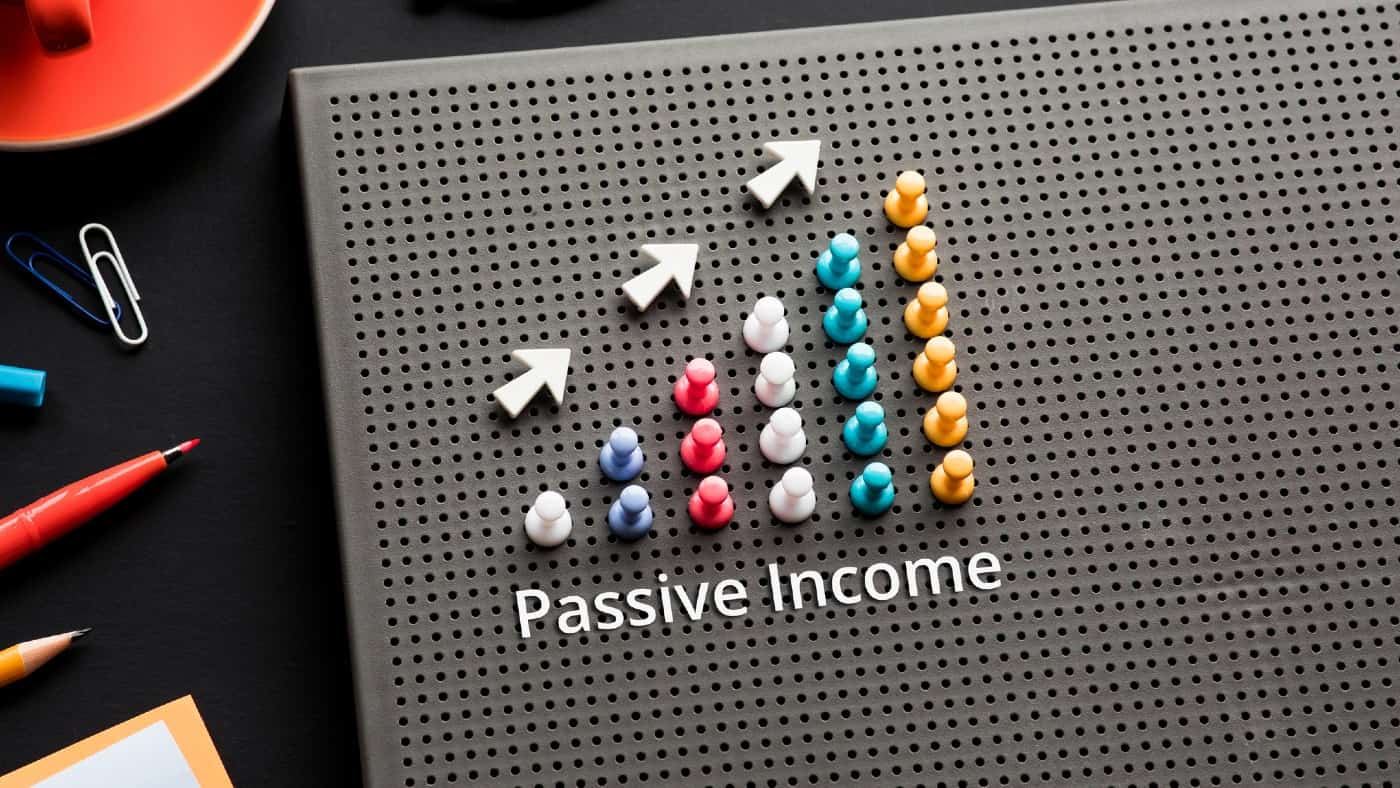I am a big fan of passive income, which is money made from minimal daily effort. The best way I found of getting it is to invest in shares that pay me big dividends regularly.
These high-yield stocks, such as abrdn (LSE: ABDN), allow my money to work for me even when I am asleep.
Aside from generating a high return — abrdn’s is 9.5% currently — I look for two other factors in these dividend shares.
Strong growth prospects
A firm’s dividend and share price are supported by growth in earnings and profits over time. Consequently, any high-yield shares I buy are in companies I think are set for strong growth.
Last August, abrdn was demoted from the FTSE 100 to the FTSE 250, which is no bad thing, in my view.
It prompted a major reorganisation focused on investing in well-performing parts of the business and selling the others.
A key risk here is that this initiative falters. This could cause its assets under management (AUM) to contract – a key factor that led to its demotion.
However, with the reorganisation due to end next year, a Q1 update showed AUM rose 3% year on year to £507.7bn. 2023 also ended with an adjusted operating profit of £249m.
Consensus analysts’ expectations are now that its earnings will grow by a remarkable 56.3% each year to end-2027.
Share price looks cheap
Another consequence of its demotion last year was a huge drop in its share price. This aligns with the second factor I look for in a high-yield share, which is undervaluation compared to its competitors.
Another consequence of its demotion last year was a huge drop in its share price. This aligns with the second factor I look for in a high-yield share, which is undervaluation compared to its competitors.
To me, this means less chance of my dividends being wiped out by sustained share price losses. Conversely, it may increase the chance of an extra return for me from a rise in the share price.
As it stands, abrdn trades on the key price-to-book (P/B) measurement of stock value at just 0.5 against a peer group average of 4. This makes it cheap on that basis.
The same applies to its price-to-sales (P/S) ratio of only 1.8 against a peer group average of 3.5.
Big passive income potential
Given its 9.5% yield, £20,000 invested in abrdn would make me £1,900 a year, without doing anything more. Over 10 years, that would make me £19,000 to add to my £20,000 initial investment.
However, I could turbo-charge that return by reinvesting the dividends paid me back into the stock – known as ‘dividend compounding’.
Doing this would make me an extra £29,565 after 10 years rather than £19,000!
After 30 years on the same average yield, I would have a total investment pot of £304,406. This would pay me £29,919 each year in dividend payments, or £2,493 each month!
Unless there was deflation over the period, the income’s buying power would be reduced after 30 years. And yields rise and fall as annual dividend payments change and as share prices move.
However, the figures show that major passive income can be made from much smaller amounts by investing in the right shares and compounding the dividends.








